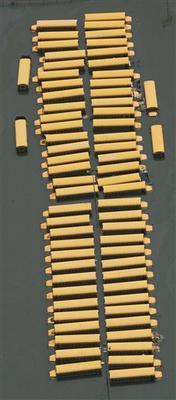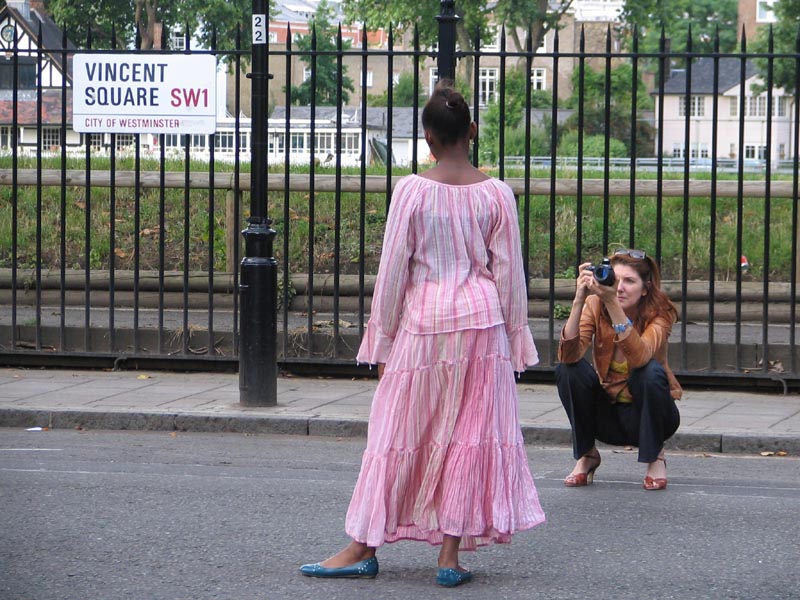 I am listening to a Radio 3 show about Pierre Boulez, in case anything is said by him or about him which will make me despise this man somewhat less than I do. So far, nothing.
I am listening to a Radio 3 show about Pierre Boulez, in case anything is said by him or about him which will make me despise this man somewhat less than I do. So far, nothing.
Boulez was not really a composer at all, more one of those many French wordspinner charlatans who have flourished mostly in academia. The only difference is that Boulez illustrates his wordspinnings with noises, rather than by just letting the words confuse for themselves.
I admire Daniel Barenboim greatly, and he greatly admires Boulez. But there my admiration for Barenboim stops. Barenboim does not admire Shostakovich. Ditto. The trouble, for Barenboim, is that Shostakovich scores are not complicated. Exactly! Shostakovich manages to say a great deal with very little. Boulez does the opposite, saying very little with great municipal rubbish heaps of noises and printed squiggles to go with them. Barenboim loves all that complication. Sadly, there is very little music there.
What music there is there is a kind of post-Debussian, post-Ravelian waterfall – flutes, bells, glissandi, washes of string sound. Very French. Boulez’s musical impulses, such as they were, seem to have had little connection with his musical theories, which might explain why the music dried up.
He has been a pretty good conductor, especially, I find, of Wagner. Boulez was “clear, cool, dispassionate” (the words of an American musician) as a conductor. Since Wagner provided all the heat and passion you could possibly want, this made his Wagner rather good, to my ear. Sometimes his Mahler is good too, for the same reason. But sometimes, he drains the life entirely out of Mahler, and turns conducting into mere arm-flapping and time-beating..
What is coming across very strongly is that Boulez does have presence, force of personality, a steely look in his eye – as well as great charm, which he can switch on like the house lights in a theatre. You do not forget him. He is like a great general or a great politician. Sadly, he uses this genuine talent mostly in the service of foolishness, and to get lots of other people’s money to pay for these foolishnesses. He has presided over the creation of many publicly funded buildings. These are (says the presenter) a tribute to his “winning combination of ruthlessness and charm”.
Roger Scruton is involved in this programme, and he is the one who is talking the most sense. “My feeling is that the place of Boulez in the history of music is a very marginal one.” “A brilliant dead end.”
“Mocking Boulez is so very easy to do”, says the presenter. How true. He is no harder to laugh at that any other unconscious, non-intentional clown. If he is a great general, he is one of those great generals who was great, until it came to fighting his most important battle. Which he lost.
The musicians like Boulez and admire Boulez. That’s now being explained. Maybe the truth is simpler, that Boulez is just another of those failed-composers successful-conductors who dominated the classical music scene throughout the last century. Every one of those big names – Klemperer, Walter, Kubelik, and the rest of them – turn out to have had absurd and pointless symphonies and piano sonatas in their bottom drawers, before they gave in to the inevitable, and conducted great music instead of composing ungreat stuff. And the failed effort to compose more musical greatness did seem to make them all much better conductors. They recognised greatness when they heard it, and were able to put it across. Some of these great conductors did make it as composers. Mahler, Richard Strauss, Benjamin Britten spring to mind. Some did not bother to master conducting, because the composing went so well. Shostakovich. But Boulez’s composing was a mess, and he too switched to performing stuff by others. He just made a bit more of a fuss of his music than did Klemperer, Walter, etc. He was that most tragic of figures, an incompetent maker of things, but a brilliant seller of them, thereby publicising his failure far more cruelly. (Karl Marx springs to mind. He marketed Capital brilliantly, before he had written it, and after he had written it and knew it to be tosh. But it is still tosh. Marx’s failure has been hideously public.)
But, don’t let me stop you enjoying Boulez’s creations, if you do enjoy them. He isn’t nearly as bad as Karl Marx. He never did that much harm. And whereas with Karl Marx, the way it sounded only served to publicise evil nonsense and make it stick all over the twentieth century, Boulez was merely … Boulez.









